IN THIS GUIDE:
- What Is Diamond Clarity?
- The GIA Clarity Scale
- What Does "Eye-Clean" Really Mean
- Diamond Shape Matters for Clarity
- Why VVS & VS Clarity Are Absolutely Perfect
- Do Lab-Grown Diamonds Have Better Clarity?
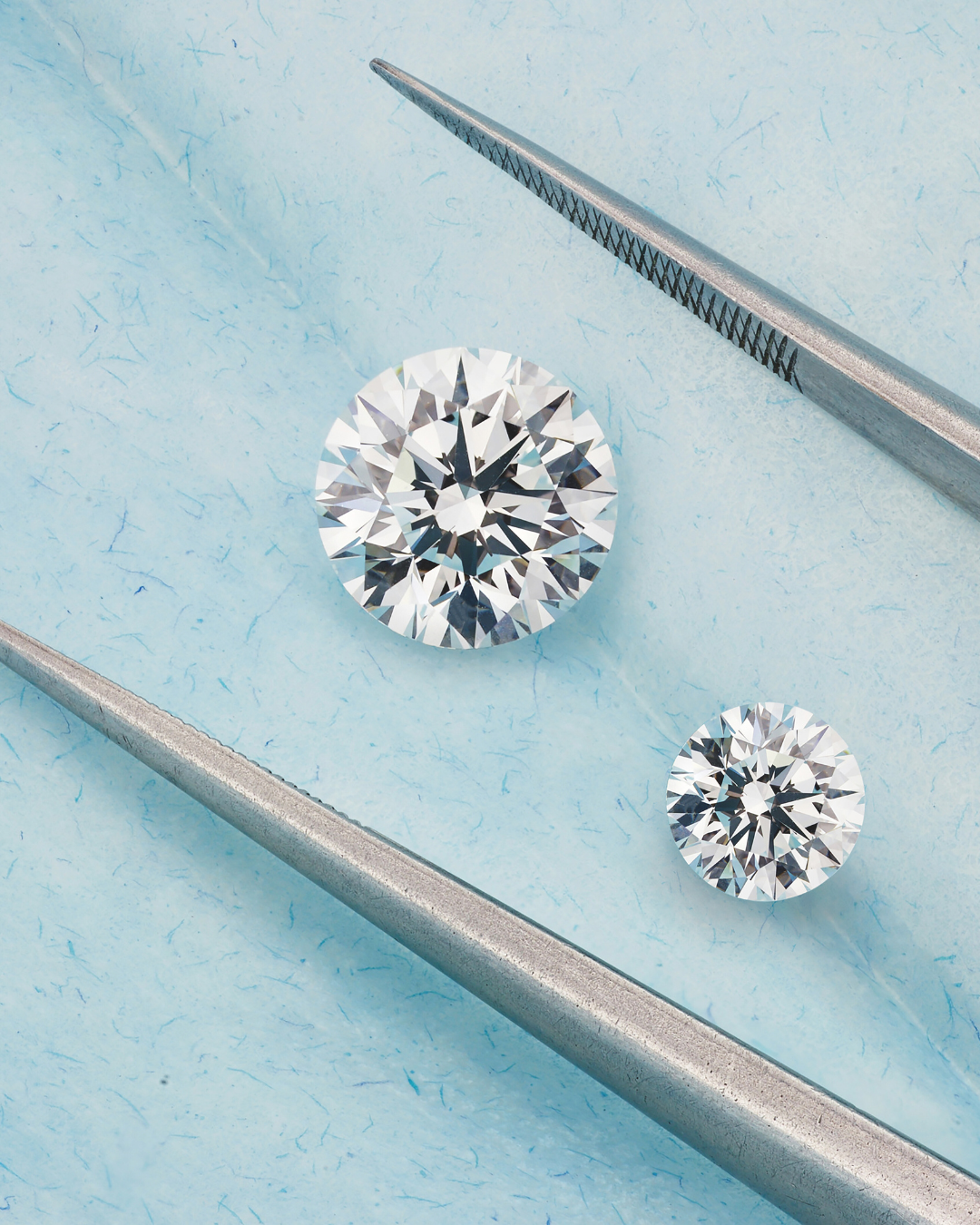
What Is Diamond Clarity?
Diamond clarity measures imperfections: inclusions(internal) and blemishes (surface) that form during growth.
In natural diamonds, when they formed deep in the earth billions of years ago, tiny crystals, gas bubbles, or other minerals sometimes got trapped inside. These are called inclusions. Sometimes the diamond's surface got a little scratched or nicked during its journey to the surface, and those are blemishes.
When it comes to lab-grown diamonds, they’re created in controlled environments, which means far fewer imperfections than mined diamonds.
Why clarity matters:
- Fewer inclusions = more light reflection = brighter sparkle.
- Clarity affects price, durability, and how "clean" the diamond looks to the naked eye.
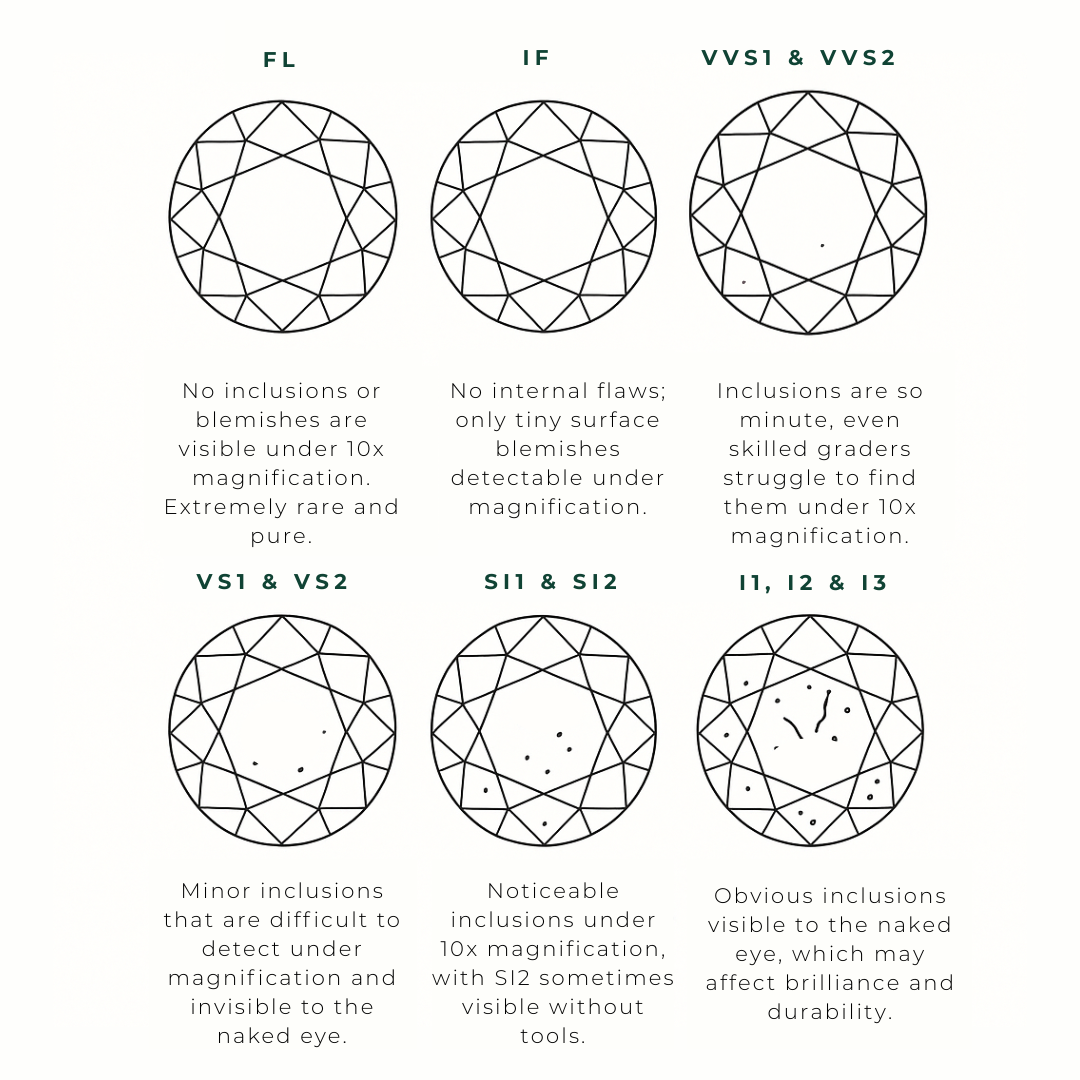
The GIA Clarity Scale Simplified
The Gemological Institute of America created an 11-grade scale that gemologists worldwide use to rate diamond clarity. Here's how it breaks down:
The Premium Grades:
- Flawless (FL) - Perfect under 10x magnification
- Internally Flawless (IF) - No internal flaws, maybe tiny surface blemishes
The Sweet Spot:
- VVS1 & VVS2 - Very, Very Slightly Included
- VS1 & VS2 - Very Slightly Included
The Lower Grades:
- SI1 & SI2 - Slightly Included
- I1, I2 & I3 - Included (visible flaws)
Professional gemologists use 10x magnification to grade these diamonds, which is important to remember. What matters most is how the diamond looks to your naked eye in normal lighting.
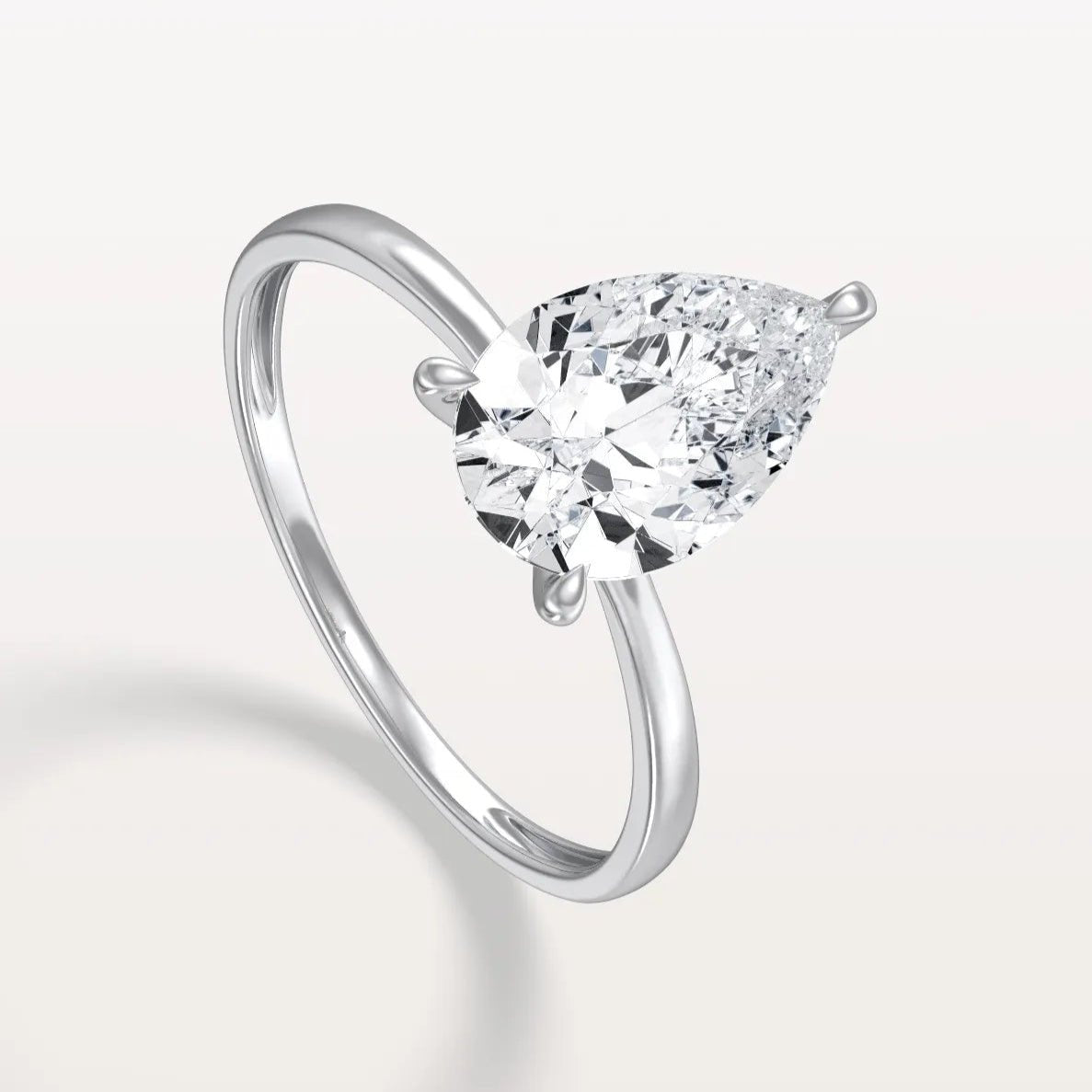
What Does "Eye-Clean" Really Mean?
This is where a lot of jewelry stores try to confuse you with technical talk, but it's actually simple. An eye-clean diamond has no visible inclusions when you look at it normally, no magnifying glass, no special lighting, just your eyes in everyday situations.
The beautiful thing about VVS and VS diamonds is that they're virtually always eye-clean, regardless of the diamond's shape or size. Even a 3-carat VS2 diamond will typically look flawless to anyone admiring it on your hand.
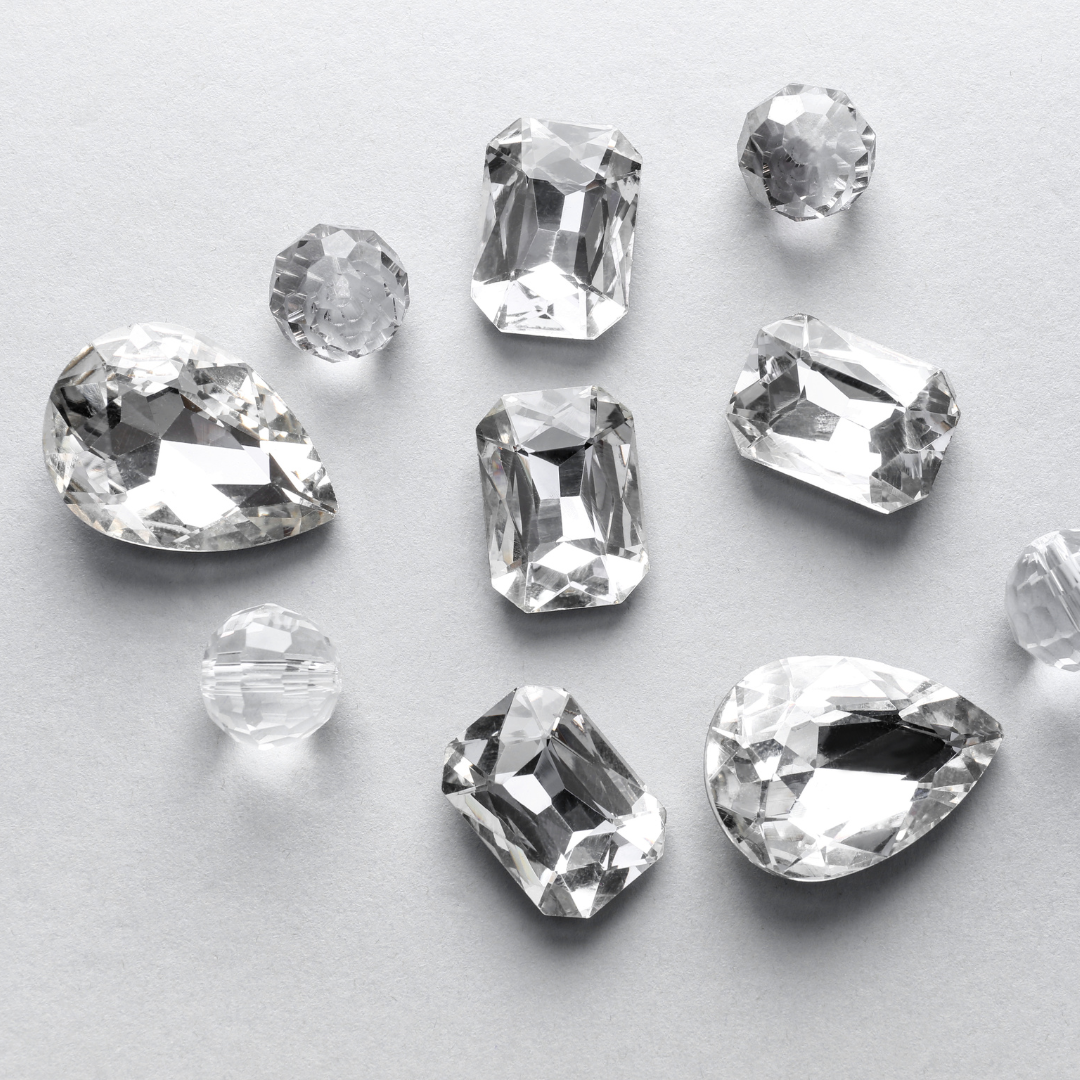
Diamond Shape Matters for Clarity
- Round, cushion, and oval diamonds are great at hiding flaws. Their cuts have many facets that scatter light. This helps to hide tiny imperfections.
That's why a VS2 round diamond often looks cleaner than a VVS2 emerald cut. - Emerald and asscher cuts, with their large, flat surfaces and step-cut facets, are like windows that show everything inside. If you love these shapes, VVS clarity becomes more important.
- Princess cuts fall somewhere in between, they hide inclusions better than step cuts but not as well as rounds.
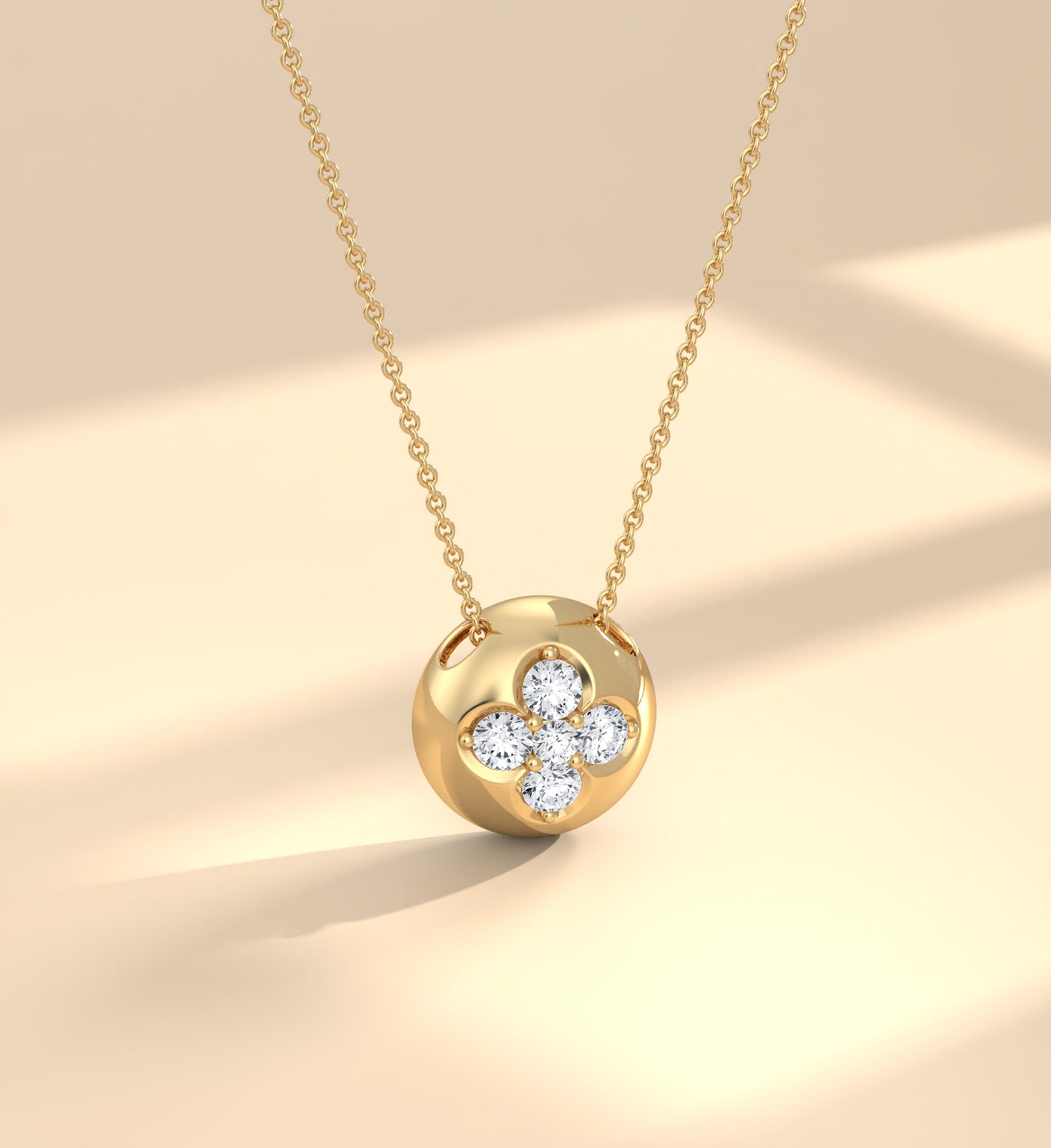
Why VVS & VS Clarity Are Absolutely Perfect for Most People
VVS : The Best Value For Money
VVS diamonds have inclusions so tiny that even trained gemologists struggle to spot them under 10x magnification. Think of it like buying a luxury car with 100 miles on it versus brand new. Identical performance, but better price.
VVS is perfect for:
- Solitaire settings where the diamond is the star
- Anyone wanting near-perfection without flawless pricing
- Heirloom pieces that will be passed down
- Buyers who want maximum peace of mind
Bottom line: VVS looks absolutely flawless to your naked eye.
VS: Very Slightly Included - The Smart Buyer's Choice
VS diamonds have tiny inclusions visible under magnification but virtually impossible to see with the naked eye. They offer incredible value because they look just as beautiful as higher grades when you're wearing them.
VS is ideal for:
- Larger stones where you want to maximize carat weight
- Halo settings with multiple diamonds
- Smart buyers who want to allocate budget toward size or setting
- Anyone prioritizing value without sacrificing beauty
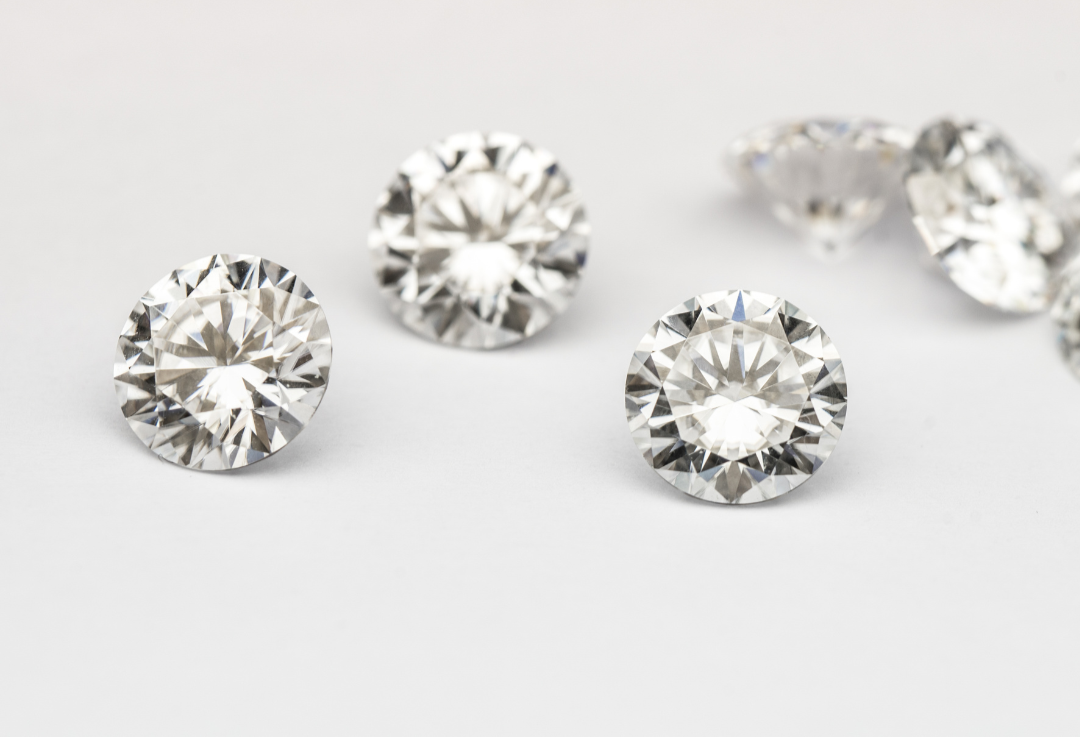
Do Lab-Grown Diamonds Have Better Clarity?
Often, yes! Lab-grown diamonds often have fewer inclusions than natural ones because they're created in controlled environments rather than formed randomly in the earth. This means you can often get exceptional clarity at better prices.
The grading standards are identical. A VS1 lab-grown diamond meets the same criteria as a VS1 natural diamond.
About the Author: This guide was written by Oggi, our jewelry expert. She has over 10 years of experience in precious metals and gemology.
Our team regularly consults with master jewelers and metallurgists to ensure we provide the most accurate, up-to-date information on jewelry metals and trends.
Last Updated: May 2025
Collection list
FAQs
For most people, VS1 or VS2 offers the perfect balance of beauty and value. These grades look flawless to the naked eye while leaving room in your budget for other priorities.
Absolutely. VS2 diamonds are eye-clean and offer excellent value. Many of our customers choose VS2 for larger stones or when they want to invest more in cut quality.
Not without magnification. VVS inclusions are so small that even gemologists need 10x magnification and good lighting to spot them.
Yes. They usually have fewer flaws because of controlled growing conditions. However, they are graded like natural diamonds.
In VVS and VS grades, inclusions are too small to affect structural integrity. These diamonds are perfectly safe for everyday wear.





